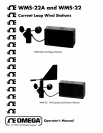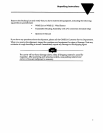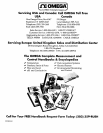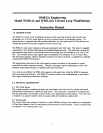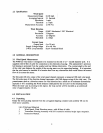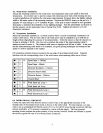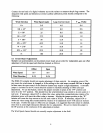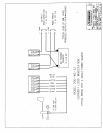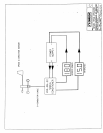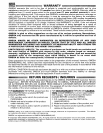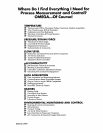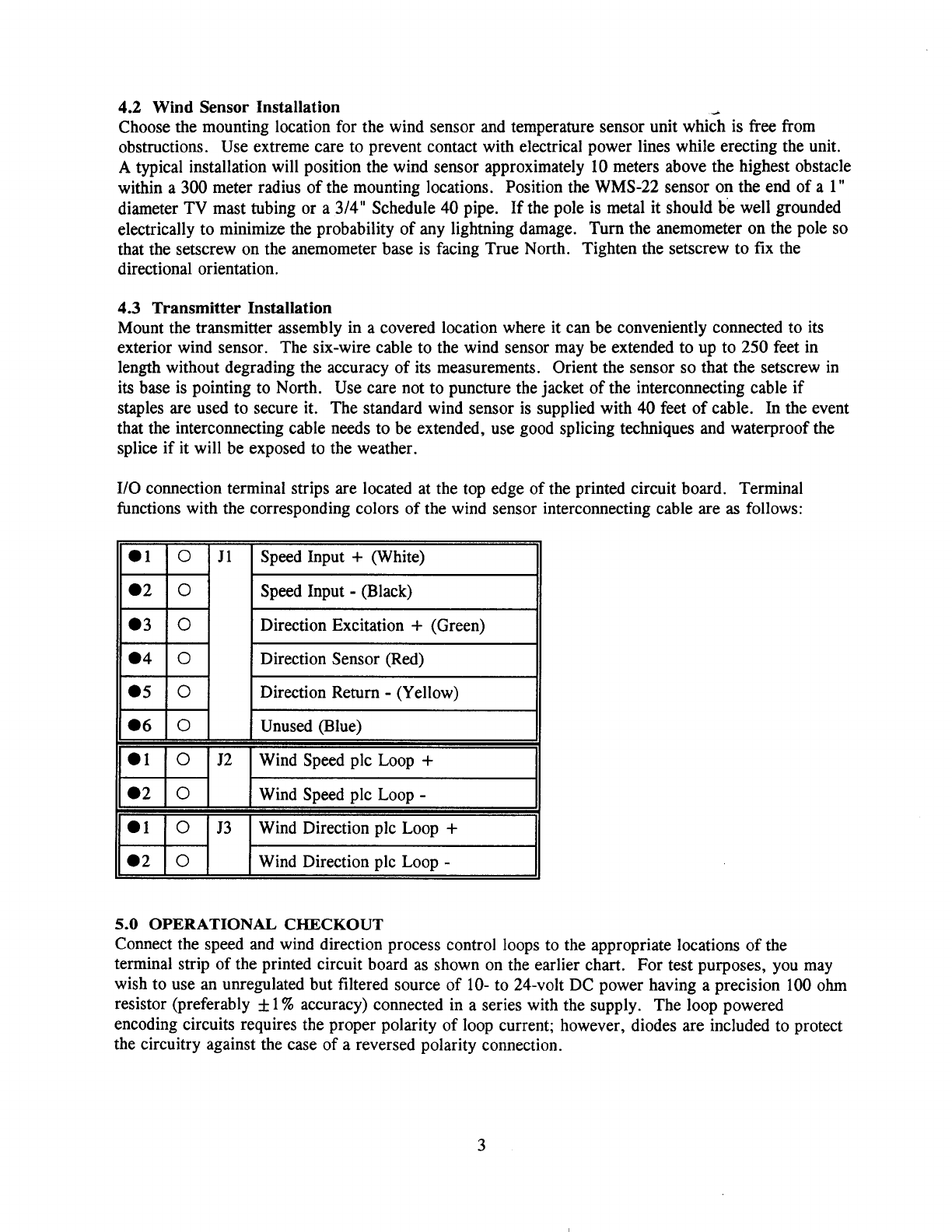
f
1% accuracy) connected in a series with the supply. The loop powered
encoding circuits requires the proper polarity of loop current; however, diodes are included to protect
the circuitry against the case of a reversed polarity connection.
lo- to 24-volt DC power having a precision 100 ohm
resistor (preferably
-
5.0 OPERATIONAL CHECKOUT
Connect the speed and wind direction process control loops to the appropriate locations of the
terminal strip of the printed circuit board as shown on the earlier chart. For test purposes, you may
wish to use an unregulated but filtered source of
53
Wind Direction plc Loop +
a2 0
Wind Direction plc Loop
01
0
-
LOOD
~lc
Sneed
a2
0
Wind
52
Wind Speed plc Loop
+
01
0
06
0
Unused (Blue)
-
(Yellow)
5 lo l
I
Direction Return
-
(Black)
l
I
Speed Input
2 lo l
1
Speed Input + (White)
l
Jl
1
1
0
0
1
314”
Schedule 40 pipe.
If the pole is metal it should be well grounded
electrically to minimize the probability of any lightning damage.
Turn the anemometer on the pole so
that the setscrew on the anemometer base is facing True North.
Tighten the setscrew to fix the
directional orientation.
4.3 Transmitter Installation
Mount the transmitter assembly in a covered location where it can be conveniently connected to its
exterior wind sensor.
The six-wire cable to the wind sensor may be extended to up to 250 feet in
length without degrading the accuracy of its measurements.
Orient the sensor so that the setscrew in
its base is pointing to North.
Use care not to puncture the jacket of the interconnecting cable if
staples are used to secure it. The standard wind sensor is supplied with 40 feet of cable. In the event
that the interconnecting cable needs to be extended, use good splicing techniques and waterproof the
splice if it will be exposed to the weather.
I/O connection terminal strips are located at the top edge of the printed circuit board.
Terminal
functions with the corresponding colors of the wind sensor interconnecting cable are as follows:
1”
diameter TV mast tubing or a
4.2 Wind Sensor Installation
Choose the mounting location for the wind sensor and temperature sensor unit which is free from
obstructions.
Use extreme care to prevent contact with electrical power lines while erecting the unit.
A typical installation will position the wind sensor approximately 10 meters above the highest obstacle
within a 300 meter radius of the mounting locations.
Position the WMS-22 sensor on the end of a



